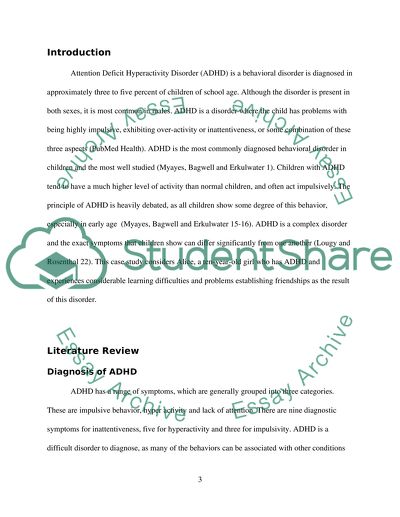Cite this document
(“Attention Deficit Hyperactivity Disorder and Learning Research Paper”, n.d.)
Attention Deficit Hyperactivity Disorder and Learning Research Paper. Retrieved from https://studentshare.org/education/1400531-adhd
Attention Deficit Hyperactivity Disorder and Learning Research Paper. Retrieved from https://studentshare.org/education/1400531-adhd
(Attention Deficit Hyperactivity Disorder and Learning Research Paper)
Attention Deficit Hyperactivity Disorder and Learning Research Paper. https://studentshare.org/education/1400531-adhd.
Attention Deficit Hyperactivity Disorder and Learning Research Paper. https://studentshare.org/education/1400531-adhd.
“Attention Deficit Hyperactivity Disorder and Learning Research Paper”, n.d. https://studentshare.org/education/1400531-adhd.


